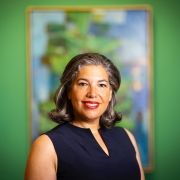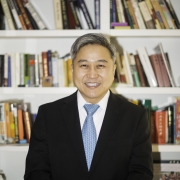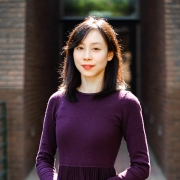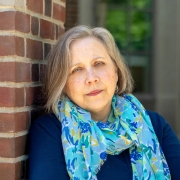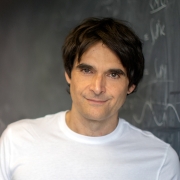Robert Ghrist Brings Complicated Math to the Masses
Robert Ghrist, a Penn Integrates Knowledge (PIK) Professor with appointments in Penn Arts and Sciences and the School of Engineering and Applied Science, is working to make confusing mathematics topics understandable and interesting to non-mathematicians. The Andrea Mitchell University Professor, Ghrist studies a branch of math called algebraic topology, which revolves around understanding spaces and holes between items. Topology has bearing on other fields, including neuroscience, which relies on data generated from neurons in the brain. The problem is the dataset is massive.
“Trying to extract meaningful information about how those neurons are wired, it’s difficult for classical mathematical techniques, calculus, linear algebra,” Ghrist says.
Ghrist is working with postdoc Chad Giusti, a fellow at Penn’s Warren Center for Network and Data Sciences who recently published a paper in the Proceedings of the National Academy of Sciences about these brain networks. Giusti’s work details a machine that uses complex math to find spatial patterns underlying neural activity.
“The machine takes neural activity, neurons, as its input, and as its output it gives you these signatures of brain models,” Giusti says. “It gives you a hint about what to look for when you don’t have anything to begin with.” Put another way, it offers a new method to see how the networks in the brain are organized conceptually rather than physically.
The field is so new, its applications so complex that much of the work on the brain networks has been “a lot of false starts and careful idea probing before finding the right path,” he says, a good deal of throwing ideas at the wall to see what sticks. Giusti says Ghrist is particularly good at pushing forward even when every idea seems to bounce.
Click here to read the full article.

